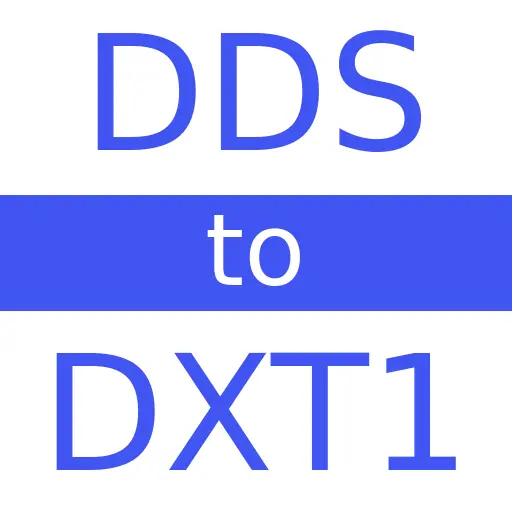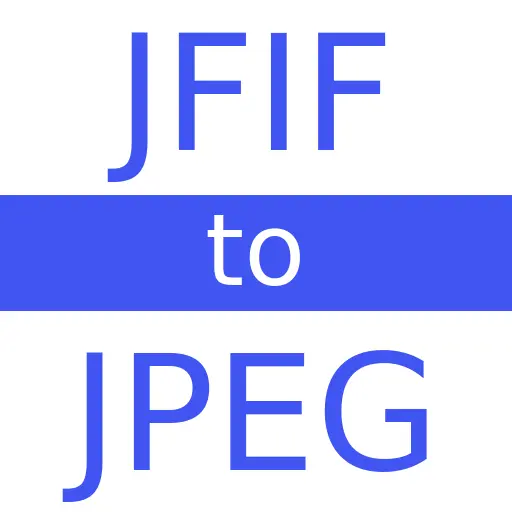DDS to DXT1
Convert DDS to DXT1 (Fast & Free)
DDS to DXT1 Converter Tool - Your Day to Day Companion for High Quality Conversions
Hi there, and welcome to ProConvert! On this page you can easily change DDS to DXT1 with the help of our free, fast and secured online converter. DDS to DXT1 Converter Tool can be used with no limits or hidden charges. Don't forget, you can use the forum section below if you have any question for us or, leave us a rating in the ratings section so others can see what performant tools we have in place for free.
(or click to select files)
F.A.Q. / Frequently Asked Questions about DDS to DXT1
Curious about how our platform works? ProConvert team got all your questions together and created the following Frequently Asked Questions section. Here you can find useful information about us. Don't see your question here ? Leave a question or a comment in the forum section and our team will help you as soon as possible.
File conversions were never that easy before. But good for you! ProConvert is here and gives you support and full access to convert or change DDS to DXT1 any time, with no limits or charges. Everything is free, created for your needs.
- Select DDS files you want to convert, from your computer or drag and drop it on the page.
- Press the "Convert" button in order to convert DDS to DXT1.
- When the conversion is completed, click "Download" on the desired converted DXT1 file.
Useful information about DDS
| Extension: | DDS |
|---|---|
| Name: | DirectDraw Surface |
| Mime Type: | image/vnd-ms |
| Converter: | DDS Converter |
| Description: | The DirectDraw Surface container file format (uses the filename extension DDS), is a Microsoft format for storing data compressed with the previously proprietary S3 Texture Compression (S3TC) algorithm, which can be decompressed in hardware by GPUs. This makes the format useful for storing graphical textures and cubic environment maps as a data file, both compressed and uncompressed.[2] The file extension for this data format is dds. - Source |

Useful information about DXT1
| Extension: | DXT1 |
|---|---|
| Name: | S3 Texture Compression - Dxt1 |
| Mime Type: | image/dxt |
| Converter: | DXT1 Converter |
| Description: | A DXT1 compressed image is an RGB image format. As such, the alpha of any color is assumed to be 1. Each 4x4 block takes up 64-bits of data, so compared to a 24-bit RGB format, it provides 6:1 compression. You can get a DXT1 image by using the as the internal format of the image. Each 4x4 block stores color data as follows. There are 2 16-bit color values, color0 followed by color1. Following this is a 32-bit unsigned integer containing values that describe how the two colors are combined to determine the color for a given pixel. The 2 16-bit color values are stored in little-endian format, so the low byte of the 16-bit color comes first in each case. The color values are stored in RGB order (from high bit to low bit) in 5_6_5 bits. The 32-bit unsigned integer is also stored in little-endian format. Every 2 bits of the integer represent a pixel; the 2 bits are a code that defines how to combine color0 and color1 to produce the color of that pixel. In order from highest bit to lowest bit (after the little-endian conversion), the pixels are stored in row-major order. Every 8 bits, 4 2-bit codes, is a single row of the image. - Source |
In High Demand Converters / See What Others Convert
As you might know already, we have over 2600 converter tools like DDS to DXT1 on our platform. All of them are free to use and provides high quality computing for your needs. However, these are the most used converters on ProConvert at the moment.
Forum / Questions and Answers / Everything about DDS to DXT1
You got it right! Here you can ask anything about DDS to DXT1 Converter Tool or any other information regarding our services. You can of course recommend us what to create further or improve as a feedback. We are eager to answer all your questions.
* The question will appear on this page once answered by one of ProConvert Team members.
There are no comments posted at the moment.


